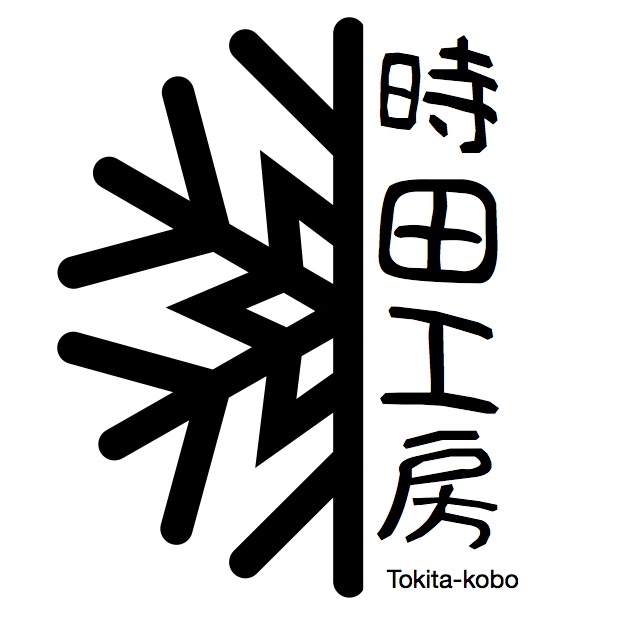A Happy New Year! 今年もよろしくお願いいたします。
In Japan, New Year’s (お正月, Oshōgatsu) is the most important holiday of the year. Unlike Western countries that celebrate with fireworks and parties, Japan’s New Year is a time for family, tradition, and spiritual renewal. The celebrations last from January 1st to January 3rd (or even longer in some regions), with special customs that have been practiced for centuries.
Let’s explore how the Japanese welcome the New Year!
1. Hatsuhinode (初日の出) – Watching the First Sunrise

Many Japanese people wake up early on January 1st to witness Hatsuhinode (初日の出)—the first sunrise of the year. It is believed that Toshigami-sama (年神様), the New Year deity, arrives with the sunrise, bringing blessings for the coming year.
🌅 Popular spots to watch Hatsuhinode include mountain peaks, beaches, and even rooftops.
🌅 Some people make wishes or say prayers as they watch the sun rise.
🌅 It’s considered a symbol of hope and renewal.
2. Hatsumode (初詣) – The First Shrine or Temple Visit

Visiting a Shinto shrine (神社, jinja) or Buddhist temple (寺, tera) for Hatsumode (初詣) is one of the biggest New Year traditions in Japan. People go to pray for health, happiness, and success in the new year.
🛕 At shrines, people ring bells, clap, and bow to make their wishes.
🛕 At temples, they may listen to Joya no Kane (除夜の鐘), the 108 bell chimes on New Year’s Eve.
🛕 Popular items include Omikuji (おみくじ, fortune slips) and Omamori (お守り, lucky charms).
Famous places for Hatsumode:
⛩️ Meiji Shrine (Tokyo) – Over 3 million visitors every year!
⛩️ Fushimi Inari Taisha (Kyoto) – Known for its thousands of red torii gates.
⛩️ Naritasan Shinshoji (Chiba) – A temple famous for its New Year’s ceremonies.
3. Osechi Ryori (おせち料理) – Traditional New Year’s Food

On New Year’s Day, families enjoy Osechi Ryori (おせち料理)—a special meal filled with symbolic dishes. Each food has a meaning related to prosperity, health, and happiness.
🍱 Kuromame (黒豆, sweet black beans) – Represents hard work and good health.
🍱 Kazunoko (数の子, herring roe) – Symbolizes fertility and family prosperity.
🍱 Datemaki (伊達巻, sweet omelet roll) – Stands for knowledge and learning.
🍱 Kurikinton (栗きんとん, sweet chestnuts & mashed sweet potatoes) – Signifies wealth and good fortune.
Most Osechi dishes are prepared in advance, so families can relax and celebrate together on New Year’s Day without cooking.
4. Otoshidama (お年玉) – New Year’s Money Gifts for Children

One of the most exciting traditions for kids is receiving Otoshidama (お年玉)—a New Year’s money gift.
🎁 Parents, grandparents, and relatives give children money in decorative envelopes called “pochibukuro” (ポチ袋).
🎁 The amount varies by age, but it can be anywhere from ¥1,000 to ¥10,000 per child.
🎁 **It’s a way to wish children success and financial prosperity in the future.
This tradition makes New Year’s a favorite holiday for kids!
5. Kakizome (書き初め) – The First Calligraphy of the Year
On January 2nd, many people participate in Kakizome (書き初め), the first calligraphy writing of the year. This tradition is meant to set intentions and express hopes for the coming year.
🖌 People write positive words or phrases, such as “happiness” (幸福, kōfuku) or “dream” (夢, yume).
🖌 Some students write their goals for the year in beautiful kanji characters.
🖌 The finished calligraphy is sometimes burned later in January for good luck.
6. Fukubukuro (福袋) – Lucky Bags of the New Year

During the first few days of the year, many stores sell Fukubukuro (福袋, “lucky bags”)—mystery grab bags filled with discounted products.
🛍️ Shoppers buy them without knowing exactly what’s inside!
🛍️ They are a fun and affordable way to get high-end products at a bargain.
🛍️ Popular stores that sell Fukubukuro include fashion brands, electronics shops, and even cafés.
Fukubukuro is an exciting way to start the year with a little luck!
7. Nengajo (年賀状) – New Year’s Greeting Cards

Before email and smartphones, people in Japan sent Nengajo (年賀状, New Year’s postcards) to family, friends, and colleagues. Even today, many still follow this tradition.
📬 They are usually decorated with zodiac animals (2025 is the Year of the Snake 🐍).
📬 They often contain messages of gratitude and well-wishes.
📬 Japan Post ensures Nengajo arrive exactly on January 1st if sent in advance.
Although digital messages are becoming more common, many still enjoy receiving handwritten Nengajo as a personal touch.
8. Shogatsu Decorations & Symbols

During Oshōgatsu, you’ll see special decorations all around Japan, bringing good luck and prosperity.
🎍 Kadomatsu (門松) – Bamboo and pine arrangements placed at the entrance of homes to welcome Toshigami-sama.
🎍 Shimenawa (しめ縄) – Sacred rope made of rice straw, hung at doorways to ward off evil spirits.
🎍 Kagami Mochi (鏡餅) – Two stacked rice cakes topped with a mandarin orange, symbolizing harmony and renewal.
These traditional decorations set the atmosphere for a blessed and lucky New Year.
9. Oshōgatsu: A Time for Family & Reflection

Unlike the fast-paced excitement of Christmas or Western New Year’s Eve, Japanese New Year is a calm and meaningful holiday. It’s a time to:
✨ Reflect on the past year and express gratitude.
✨ Spend quality time with family and loved ones.
✨ Welcome the New Year with positive intentions and traditions.
With delicious food, spiritual customs, and family gatherings, Oshōgatsu is a truly special time in Japan.
How Do You Celebrate New Year’s?
Would you like to try some of these Japanese traditions in your own New Year’s celebrations? Whether it’s eating Toshikoshi Soba, writing Kakizome, or visiting a shrine for Hatsumode, there are so many beautiful customs to explore.
🎍 Akemashite Omedetou Gozaimasu! 明けましておめでとうございます! 🎍
May your New Year be filled with happiness, health, and success!
